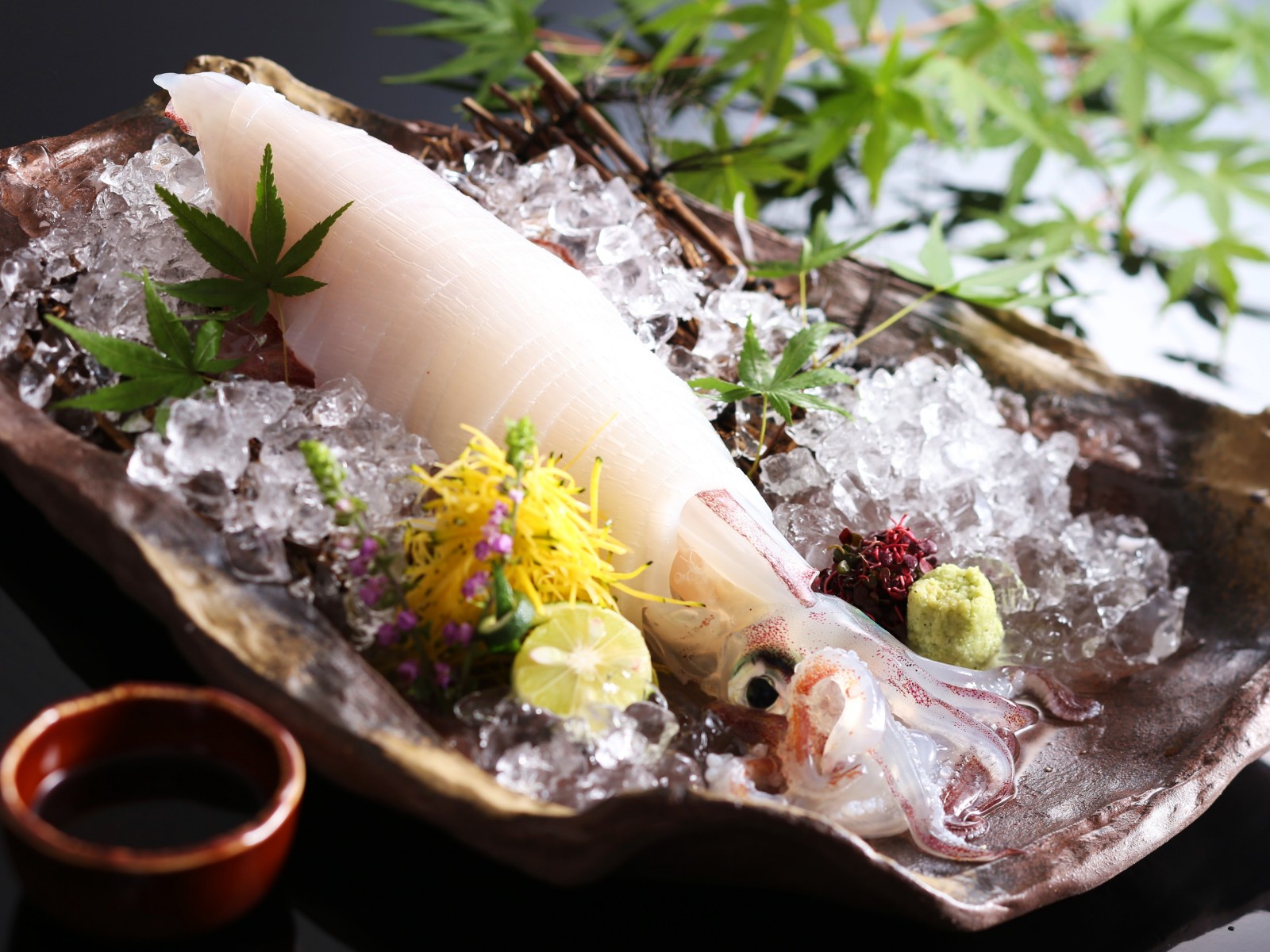Based on the concept of “Japanese bath culture”, this project was completed as a joint project between Nazuna, an inn that renovated historical buildings such as Kyomachiya and samurai residences, and Nomura Kogei Co., Ltd., the largest producer of space in Japan.
When you open the entrance, the space that spreads out in front of you is like a public bath with indoor and outdoor baths.
Please enjoy both the indoor bath where the traditional architecture unique to the townhouse and the modern interior are in harmony, and the outdoor bath with a view of the garden.

[Ai] and [Shu] Different bathing experiences for each building
[Ai] and [Shu] space inspired by the public bath curtain
Japanese baths are adorned with indigo (male) and vermilion (female) curtains to show the entrances of both men and women.Kiraku consists of two adjacent apartments for rent, and each building is named “Ai” or “Shu” inspired by the color of the curtain.
The unique setting that incorporates the vivid Japanese traditional colors everywhere colors the space that retains the taste of traditional architecture.Look for [Ai] and [Shu] scattered in each building, such as decorations that reuse waste materials from renovation and artwork that uses tile paintings actually used in public baths. Is one of the pleasures of our hotel.

Wall art using part of a tile painting in a public bath

[Shu] Lounge on the 2nd floor
Stay in a public bath in Kyoto! ?
During the Edo period, when the public bath became a place for entertainment and socialization, a rest room was set up on the second floor of the public bath, and after bathing, they enjoyed shogi and go with tea and sweets.
Kiraku reproduces the good culture of the Edo period, with a bathroom on the first floor, a lounge with spacious sofas on the second floor, and a kitchen for long-term stays.
Free drinks in refrigerator. After bathing, relax with a cold beer or soft drink.
In addition, in order to make bathing even more enjoyable, we have abundant bath salts from famous hot springs in various parts of Japan, and we have adopted pearl MIKIMOTO “Mikimoto Cosmetics” as bath amenities.
There is also a refrigerator with free drinks in the bathroom, so it is recommended to cool down in the garden.

Bath amenities "Mikimoto Cosmetics"

Abundant bath salts
We sincerely hope that your unique stay at “Kiraku Kyoto Zeniyamachi” will make your stay in Kyoto even more special.

Kiraku Kyoto Zeniyacho
| Access: |
2-minute walk from Exit 8 of Gojo Station on the Karasuma Subway Line |
| Location: |
258 Zeniyacho, Shimogyo-ku, Kyoto |
| Floor: |
2 stories above ground |
| bed: |
Ai / King bed x1 Futon x3
Shu / single bed x 2 futon x 3 |
| Facility: |
Bedroom / Japanese style room / Living room / Indoor bath / Garden with open-air bath Free Wi-Fi |
| Inquiry: |
Tel: 075-253-6876
Email: nazuna@nazuna.co |
Online reservation link
>Kiraku Kyoto Zeniyacho “Ai”
>Kiraku Kyoto Zeniyacho “Shu”
















































